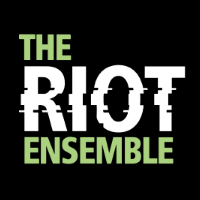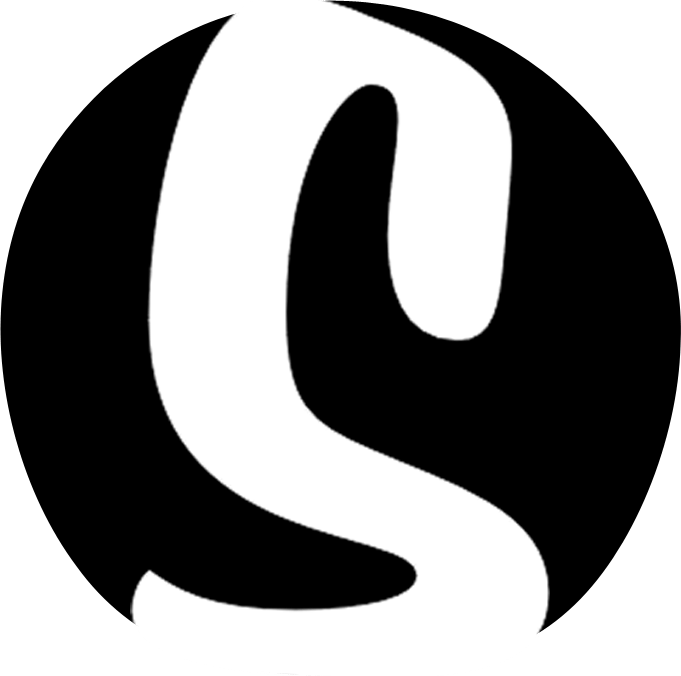A few moments with Rebecca Saunders
We’re actually quite amazed that we’re going to be giving the London premiere of Rebecca Saunder’s A Visible Trace on 3 March at The Warehouse. We know we’re not alone in being deep admirers of Rebecca’s music, and we’re excited to be hatching plans to bring a lot more of her music to her homeland’s concert halls over the coming years. We’re also grateful Rebecca took the time to answer a few of our questions about her and her music. Read on, below!
Hello Rebecca and thank you so much for taking the time to speak to us. Your piece A Visible Trace seems to be part of a clutch of “trace” works. Can you explain what you mean by traces in music?
It´s hard to explain, but that´s why I wrote the piece, to try to explore this idea. Composing is like another form of thinking. Here are 4 partial answers:
1. This quotation from Calvino was intended as the program text. It´s a beautiful visual image:
The word connects the visible trace with the invisible thing, the absent thing, the thing that is desired or feared, like a frail emergency bridge flung over an abyss.
– Exactitude, from Six Memos for the Next Millennium, Italo Calvino.
Sound/silence – presence/absence. Tracing the sound, the timbre. Hunting down a trace of colour and pursuing it. Find the thing and it disappears; name the thing and it loses shape and meaning. That is the ‘trace’ – unattainable, elusive, slips through your fingers, the moment you touch it, it is gone.
2. This piece had no prepared formal structure or pre-conceived goal. In the moment of composing investigating the chosen palette of sounds, exploring their potential, and then gradually as the piece progresses sketching a formal design.
3. The unveiling of the ‘thing’, the drawing out of silence of a sound and giving it context and shape – moulding, caressing, projecting, catapaulting sound or timbres into audible space.
4. The work is rather like a single long lyrical line, albeit elongated and stretched to breaking point. This line pursues the fragments of timbre, the ‘traces’.
This piece is scored for ‘eleven conducted soloists’. Can you give us an idea of how the musicians will interact with one another?
The individual parts can be quite virtuosic and demanding. Also there are a number of small chamber groups which explore a shared timbral palette of sounds. These were separately composed and then juxtaposed within the large-scale work, forcing separate threads of music to co-exist. The last section has for example a trio of e-guitar, violin and piccolo which is fused into the overall texture, but which also lends line and form to this part of the piece. I liked at this time to explore the potential formal tensions inherent in juxtaposing different musics in this way. It can create an unusual tension and disjointed formal cohesion.
On the other hand I also explored creating a single shared palette of sounds which fused the whole ensemble together to try to create one single instrument where the sound is in a constant state of transformation from one timbre to the next.
Your music seems to frequently (although not always) draw upon slow tempi and silence. Are you giving your audience freedom within their listening experience? Or are you simply using silence as an important musical tool within different performance environments?
I don´t think I can deem to give or take away freedom … Certainly a slow tempo can allow a listener to contemplate a sound and a colour in a different way. But even in a highly tense fast dense music the play of timbre can lead the ear to follow the line, gesture and contour of the music. Silence is particularly important in this respect. It can frame and give context and depth to a musical gesture. It highlights the contours and characteristics of a sound. It enables us to focus intensely on a moment of sound that follows or indeed precedes the silence. Silence can be active, inactive, full of expectation, dead or incredibly exciting – that moment of waiting, even the moment of dread – it has many functions. It can be seen as the antithesis of sound, but also it is a full vibrating explosive potential of anything sonic. Drawing sound out from under the surface of silence, which is like a knot of infinite frequencies and cacophony waiting to be revealed, or allowing it for a moment to explode into the listening space. A composition can frame a sound which we may never have noticed or bothered to give our attention to before. One possible act of composition is to create a listening space, an acoustic landscape into which the listener may enter. I wouldn’t define silence as a tool, as it is as important as sound itself, is part of the fabric of sound.
We see you are hard at work on a large-scale music theatre piece. Can you tell us more?
It is a large-scale spatial project for dancers, voices and large ensemble based on a late Beckett text entitled Still. But it one of those projects that keeps starting and stopping and right now I am not sure when the premier is, somewhere between 2019 and 2021.
Finally, warm greetings from London to Berlin. How is life as an English person in the heart of European culture?
Berlin is a very diverse and international vibrant city, which I love and does remind me of London at times. It has a rich and exciting cultural life. It is a tricky question right now, post-Brexit. Brexit hangs heavily over us. Disappointed and angry like all Brits living in Europe – one feels rejected by one’s own country.
I feel part of a rich European culture. I have lived here for many years now but of course, since I came here as an adult, I retain my essential ‘Englishness’. I still eat Marmite and watch Sherlock. But Brexit and its unimaginable aftermath have shocked me profoundly. It was awful not to be able to vote – not a clever move, and rather undemocratic, to not let so-called ex-pats have their say – that could well have made all the difference. It’s going to be incredibly important for cultural institutions, ensembles and artists to work even harder to maintain and promote exchanges and collaborations between the UK and Europe.



